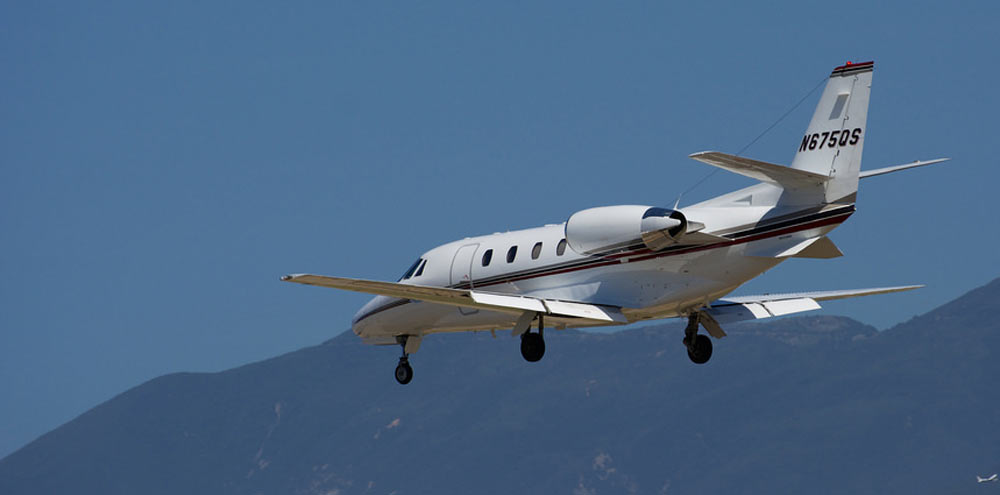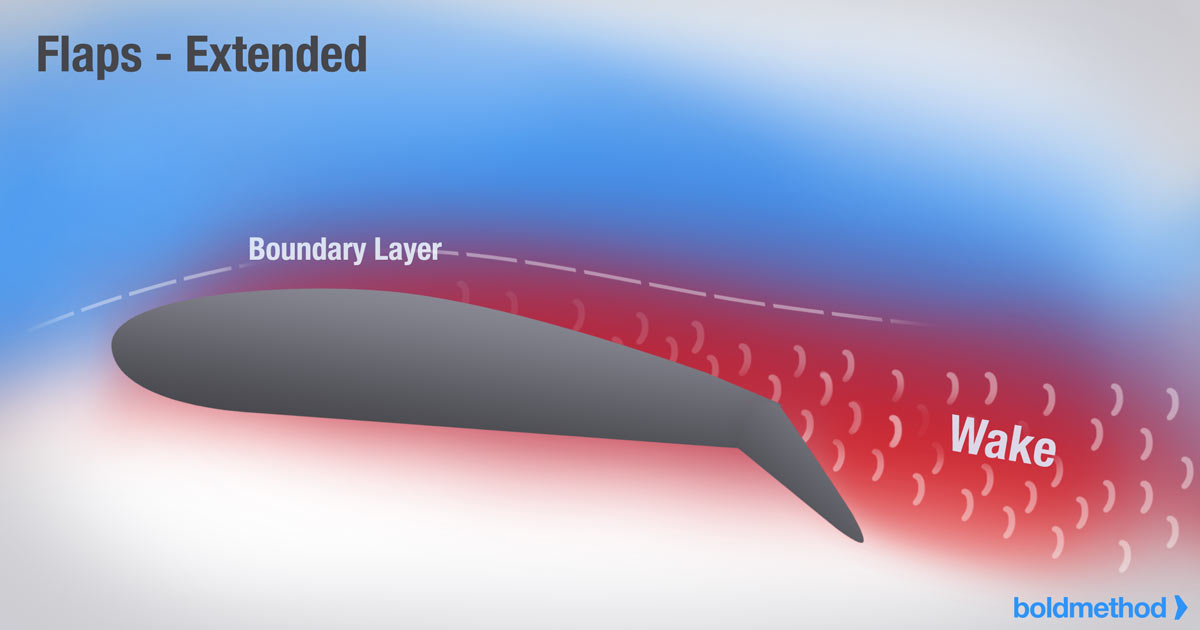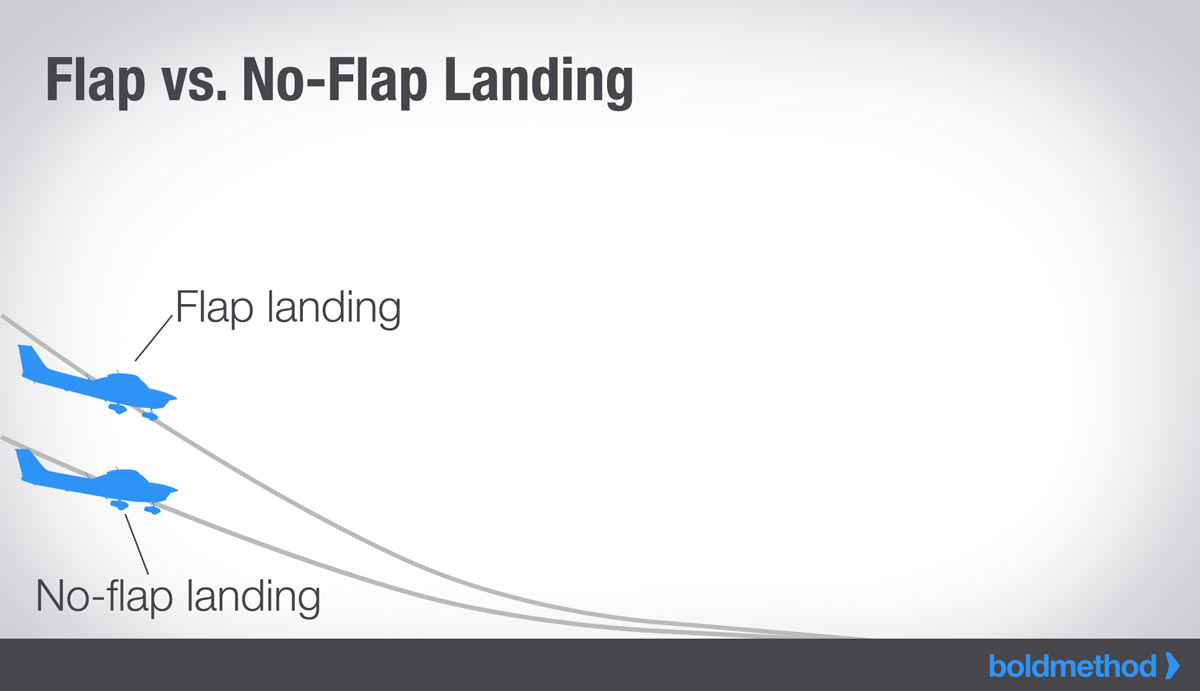05/18/2019
If you're a pilot, you should know these by heart.
1) Extending flaps increases the camber, or curvature, of your wing.
When you extend the flaps on your plane, you lower your aircraft's stall speed, and at the same time, increase drag. When your wing has a higher camber, it also has a higher lift coefficient, meaning it can produce more lift at a given angle-of-attack.

2) Extending flaps reduces your aircraft's stall speed.
Because your wing creates more lift with the flaps down, you don't need to as much angle-of-attack to balance the four forces of flight. And because you can fly at a lower angle-of-attack with flaps extended, your stall speed will be lower as well.

3) Extending flaps increases drag.
As they say, "nothing in life is free", and the same goes for lift. When you produce more lift, you produce more induced drag. But that increase in drag can be very useful, especially when you're landing, which we'll get to in a bit.

4) Takeoff flap settings typically vary between 5-15 degrees.
Aircraft use takeoff flap settings that are usually between 5-15 degrees (most jets use leading edge slats as well). That's quite a bit different than landing, when aircraft typically use 25-40 degrees of flaps.
Why the reduced flap setting? By extending the flaps a little bit, your plane benefits from the increase in lift (due to camber), but it doesn't pay the high drag penalty caused by fully extended flaps.

5) When you're landing, you typically extend your flaps close to maximum setting.
By putting the flaps out all the way, you maximize the lift and drag that your wing produces.
This gives you two distinct advantages: 1) you have a slower stall speed, which means you can land slower, and 2) you produce more drag, which allows you to fly a steeper descent angle to the runway.

When's the last time you practice landings with varying flap settings? Tell us in the comments below.

No hay comentarios:
Publicar un comentario
Espero atento tus comentarios